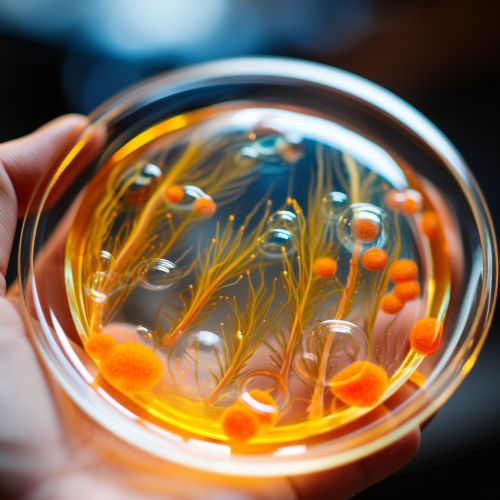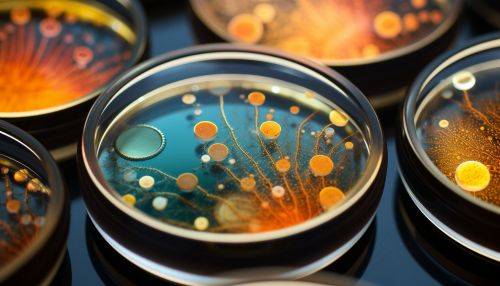Bioaugmentation
Introduction
Bioaugmentation is a remediation strategy that involves the introduction of a group of microorganisms into a contaminated environment to stimulate the degradation of pollutants. This approach is commonly used in environmental biotechnology, particularly in the treatment of wastewater and soil remediation. Bioaugmentation is based on the principle that certain microorganisms have the ability to metabolize or transform specific pollutants into less harmful substances.


History and Development
The concept of bioaugmentation originated in the 1960s, when researchers began to explore the potential of using microorganisms to degrade pollutants. The first successful application of bioaugmentation was reported in the 1970s, when a strain of Pseudomonas putida was used to degrade phenol in a wastewater treatment plant. Since then, the use of bioaugmentation has expanded to include the remediation of a wide range of pollutants, including hydrocarbons, heavy metals, and pesticides.
Mechanism of Action
The success of bioaugmentation is largely dependent on the ability of the introduced microorganisms to survive and proliferate in the contaminated environment. These microorganisms must be able to compete with the indigenous microbial population, withstand environmental stresses, and effectively degrade the target pollutants. The degradation of pollutants is typically achieved through the enzymatic activity of the microorganisms, which can transform the pollutants into less harmful substances through a variety of metabolic pathways.
Applications
Wastewater Treatment
Bioaugmentation is frequently used in the treatment of industrial wastewater, particularly in situations where the wastewater contains high concentrations of specific pollutants that are difficult to degrade through conventional treatment methods. In such cases, bioaugmentation can enhance the efficiency of the treatment process by introducing microorganisms that are capable of degrading the target pollutants.
Soil Remediation
Bioaugmentation is also used in the remediation of contaminated soils. This approach is particularly effective in the treatment of soils contaminated with hydrocarbons, such as petroleum and diesel fuel. The introduction of hydrocarbon-degrading microorganisms can stimulate the biodegradation of these pollutants, reducing their concentration in the soil and minimizing their environmental impact.
Bioremediation of Oil Spills
Another important application of bioaugmentation is in the bioremediation of oil spills. The use of oil-degrading microorganisms can enhance the natural biodegradation process, helping to minimize the environmental impact of the spill. This approach has been used in several major oil spill incidents, including the Exxon Valdez oil spill in 1989 and the Deepwater Horizon oil spill in 2010.
Advantages and Limitations
One of the main advantages of bioaugmentation is its potential to degrade a wide range of pollutants. This approach can be tailored to the specific requirements of each remediation project by selecting microorganisms that are capable of degrading the target pollutants. Bioaugmentation is also a relatively cost-effective remediation strategy, as it does not require the use of expensive chemicals or equipment.
However, bioaugmentation also has several limitations. The success of this approach is highly dependent on the environmental conditions, as the introduced microorganisms must be able to survive and proliferate in the contaminated environment. In addition, the degradation of pollutants is a complex process that can be influenced by a variety of factors, including the concentration and availability of the pollutants, the presence of competing microorganisms, and the physical and chemical properties of the environment.
Future Perspectives
Despite these challenges, the potential of bioaugmentation as a remediation strategy is widely recognized. Ongoing research is focused on improving the efficiency and reliability of this approach, particularly through the use of genetically modified microorganisms that are capable of degrading a wider range of pollutants. The development of advanced monitoring techniques is also expected to enhance the effectiveness of bioaugmentation, by providing more accurate and timely information on the progress of the remediation process.
